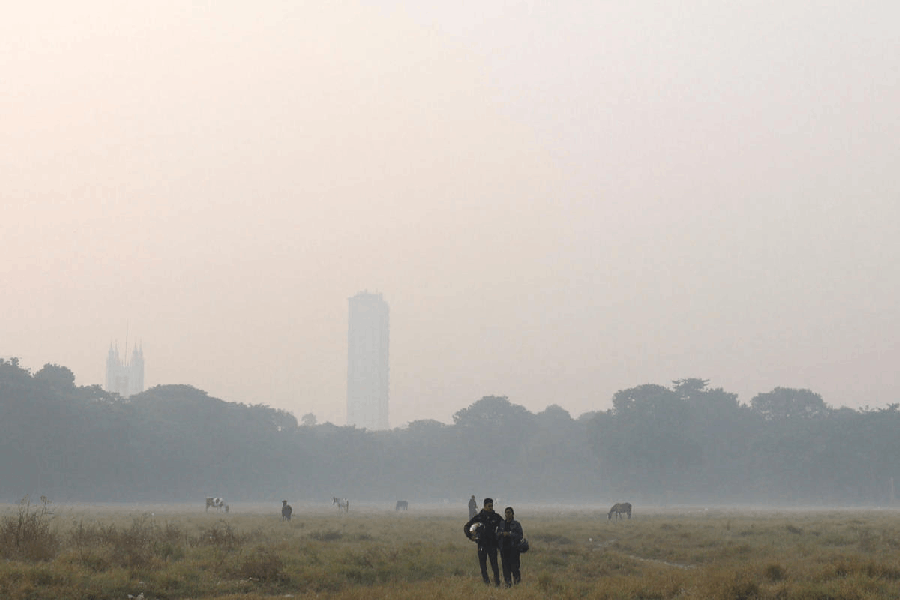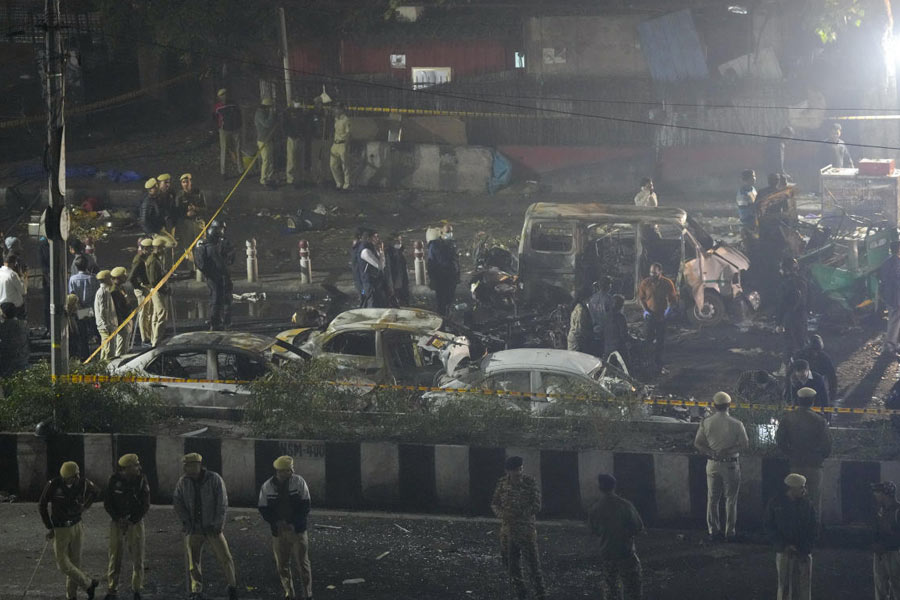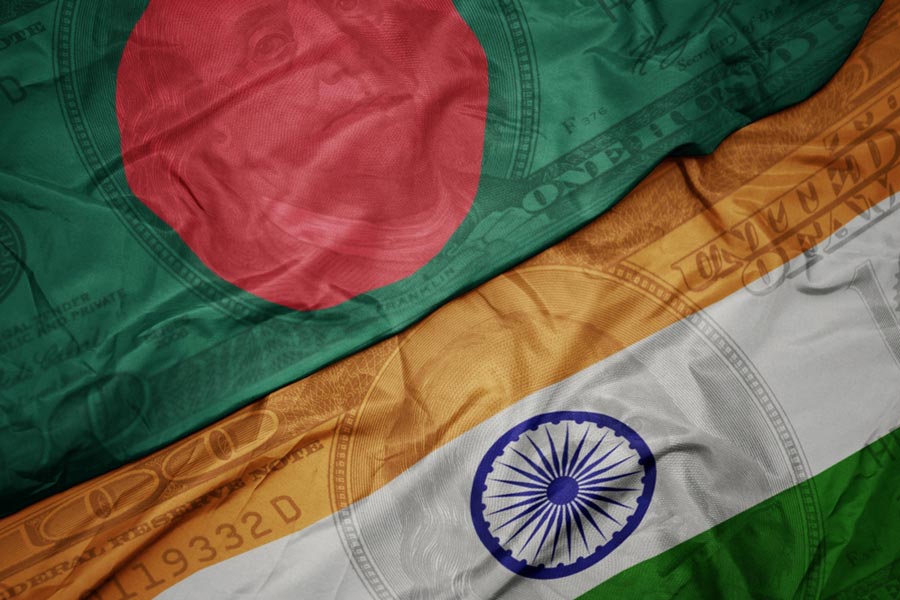 |
| An angler tries his luck at Nundkul lake |
 |
| Khidmat, the only ‘hotel’ on the trekking path |
Nundkul (Ganderbal), Sept. 24: Where the roads in the Valley end, a more enchanting Kashmir begins.
A mythical Shangri La — epitomised by snow-capped mountains, green pastures, alpine flowers, spectacular glacial lakes and streams brimming with trout — is now unveiling itself in many corners of the Valley, thanks to a relative peace returning there.
For the first time, trekking enthusiasts from across India are making a beeline for these ethereally beautiful spots, along with adventure-loving Kashmiris and foreign tourists.
Of these little heavens on earth, Nundkul and a dozen high-altitude lakes on the Sonamarg-Naranag trail in Ganderbal district, some situated in the foothills of the mighty Harmukh mountains, are fast turning into a magnet for walkers and anglers, both Indian and foreign.
The twin Nundkul and Gangabal lakes, fed by the glaciers of the Harmukh and separated by a 30-minute walk, are a delight for visitors and sacred to Kashmiri Pandits. Nundkul is over a kilometre-and-a-half long and half-a km wide and Gangabal is almost its double.
Little wonder then that India Hikes, a Bangalore-based company organising trips to Kashmir since 2010, has helped almost 600 enthusiasts do this particular trek in the last three months.
“The response to our Kashmir Great Lakes Trek (Sonamarg-Naranag trial) has been overwhelming. The reason is because of all the trekking trails in India, this is overwhelmingly the most beautiful one,” Sandhya S.C, who heads the group, said.
The 65km trek to a height of around 14,000 feet begins from Sonamarg, a three-hour drive from Srinagar, and touches the glacial lakes of Kishensar, Vishansar, Gadsar and Satsar before reaching Gangabal and Nundkul. The trek ends at Naranag, the last village in Ganderbal, and takes about a week.
Enthusiasts can also opt for the shorter three-day trek directly to Nundkul and Gangabal from Naranag, which is an hour’s drive from Srinagar. The village sits in the foothills of the Butasheri mountain and is famed for its ancient temple ruins. There are ponywallahs around with their animals to help ferry tents, food and clothing.
Delhi architect Manan Narang and his three friends were part of a 17-member pan-Indian group that trekked the longer Sonamarg trial.
“The scenery on this trek keeps on changing for the better. There is a lot of greenery — chinar, bhoj and birch trees when you start from Sonamarg. On the third and fourth day of the trek, you find barren and craggy mountains that make you feel as if you are in Ladakh. You see spectacular lakes all along the way and then again there are forests full of pine,” said Manan, whose group had set up their tents around Nundkul.
First-time trekker Pooja, also an architect from Delhi, said: “The scenery is so spectacular that not for a moment did I wonder why I was doing the trek despite the difficulties.”
For centuries, this utopian landscape has been the summer home of shepherds, mostly Gujjars and Bakerwals, many of whom come from Jammu’s Poonch and Rajouri districts to graze their flock on the greens. During the long and cruel winters, the mountains remain out of bounds, buried under a thick blanket of snow.
The forests are home to leopards and bears but they are seldom seen on the trekking trails. The local people are more worried about mythical animals called raantas and wanmohnuw (yeti), about which there are countless tales doing the rounds.
“A raantas looks like a monkey and has long hair. You need to be careful as they fall in love with men and take them away to marry them. They are jealous of women and can kill them. But a wanmohnuw loves women,” one Younus told a group of tourists.
Along with brother Nissar, he runs the only so-called “hotel” on this trail. Called Khidmat, it operates out of a typical Gujjar dhok (shed) located on top of the Butasheri mountain and can be accessed only after several stops for rest. But the guides keep reassuring travellers that the tea there is worth the 200-minute climb.
“There are many visitors coming here. Many Indians are also coming,” Nissar said. “It is good for us. We make good money.”
Decades ago, trekkers had discovered the charm of these remote places, which were also a favourite with foreigners before militancy erupted. However, their proximity to infiltration routes in the adjoining Telail and Gurez valleys brought in droves of security personnel. These places remained shut to visitors for a long time but the restrictions have now been eased.











